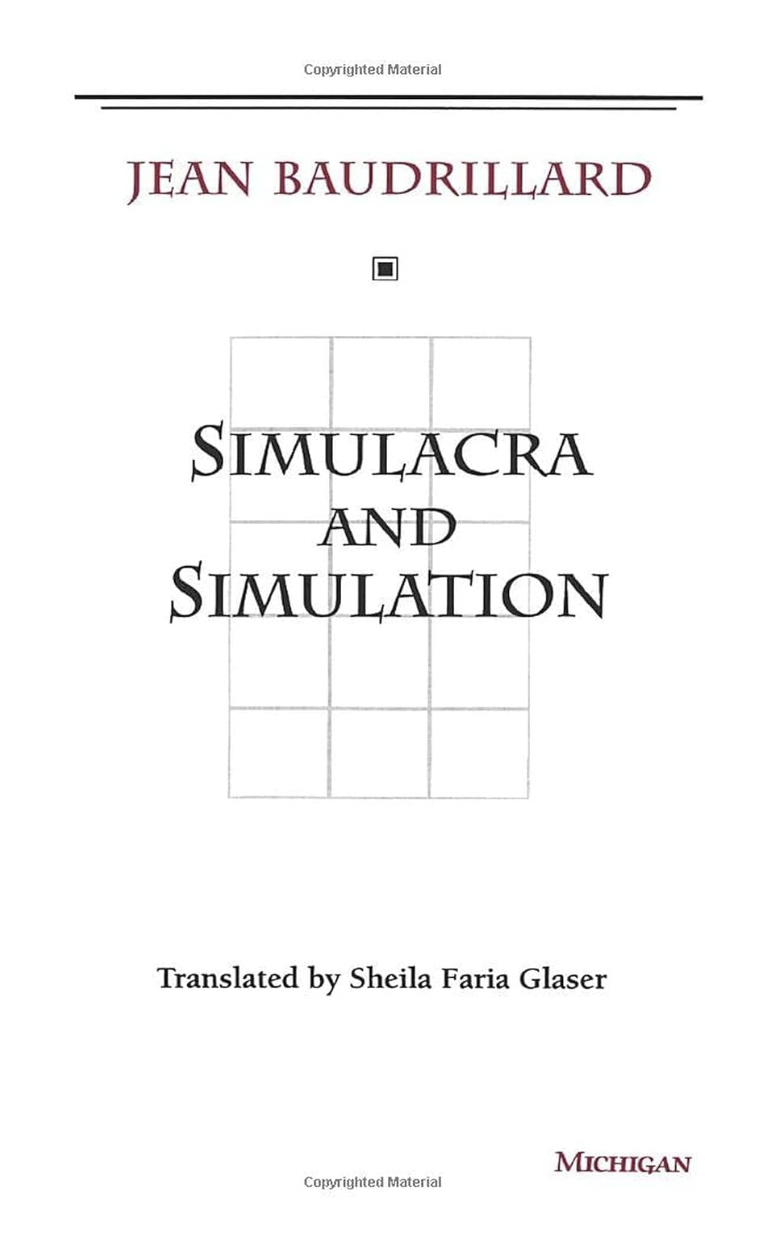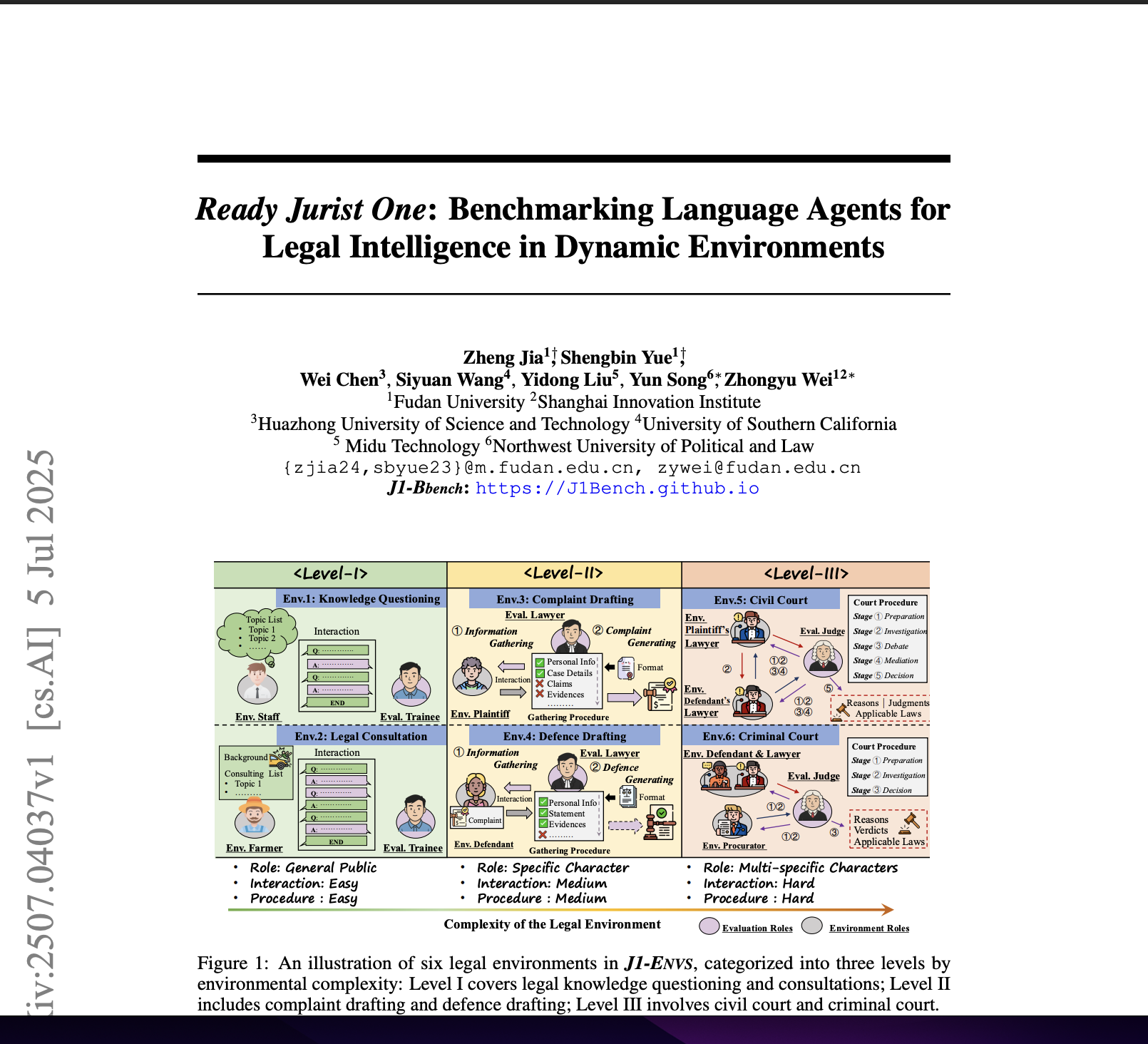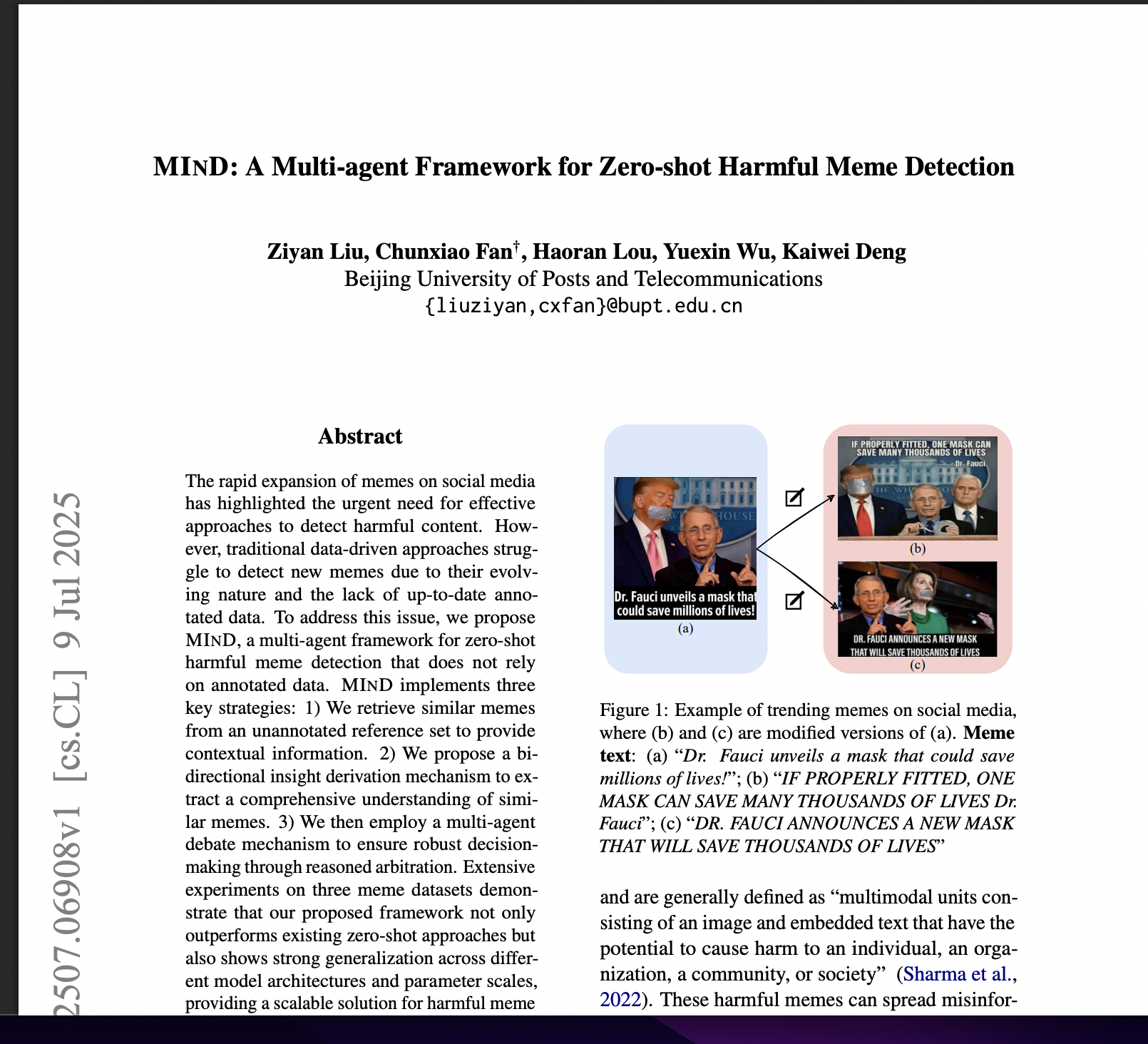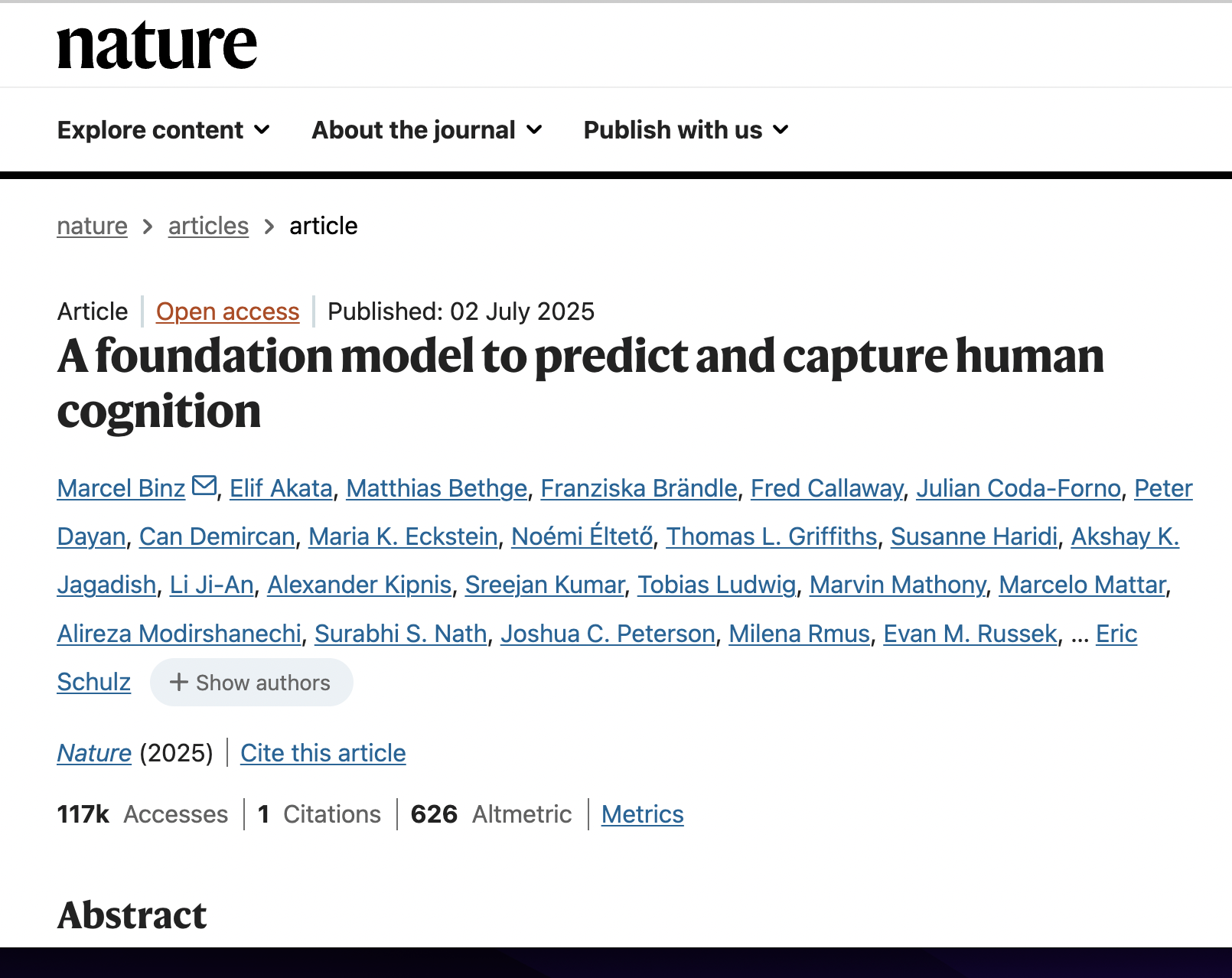Simulacra and Simulation
postJean Baudrillard
Published: 1981-01-01

🔥 Key Takeaway:
The more we try to anchor meaning in media and symbols, the more we unmoor ourselves from reality—because in a hypermediated world, the fake doesn’t hide the truth; it becomes it.
🔮 TLDR
Baudrillard’s “Simulacra and Simulation” argues that in contemporary societies, simulations (models, signs, and representations) no longer copy or reference any real original but instead generate what he calls “hyperreality”—a world where the distinction between reality and its representation breaks down, and simulations come to precede and shape what we think of as “the real.” He claims that rather than imitating or reflecting something authentic, simulations now create their own reality and replace genuine experience, leading to a situation where people respond to signs and codes instead of actual things. Baudrillard illustrates this with examples from media, advertising, and consumer culture, showing how meaning and value become detached from any original referent and circulate in endless, self-referential loops. His key actionable insight is that any attempt at research, simulation, or modeling (including in social sciences, ethnography, or market research) must recognize that its objects are already shaped by prior models and simulations; thus, methods that assume a clear separation between model and reality—or that believe they are revealing “real” attitudes or behaviors—are likely reproducing and amplifying the logic of simulation rather than accessing any unmediated truth. For synthetic market research, this means that virtual personas and simulations may not just reflect the market but actively constitute it, and that feedback loops between models and the real world can quickly erase the difference between authentic and simulated responses.
⚔️ The Operators Edge
One overlooked but critical detail in *Simulacra and Simulation* is Baudrillard’s concept that simulation doesn't conceal the truth—it *conceals that there is no truth. This isn't just philosophical flair; it’s a structural insight into how meaning systems collapse when signs refer only to other signs. In practice, this means that once a system becomes self-referential—media quoting media, data training on synthetic data, personas referencing other personas—the illusion of realism can remain intact while any connection to original truth evaporates.
Why it matters: In AI-driven research, especially when simulating user behavior or responses, practitioners often trust that realism in output indicates realism in grounding. But Baudrillard's framework warns us that a system can appear coherent and persuasive even after it has severed ties with the real-world referents it was meant to reflect. This is especially relevant for generative models trained or fine-tuned on outputs from other models, where the danger is not that the simulation fails—but that it succeeds so well we stop noticing it’s untethered from reality.
Example of use: A team building an AI system for UX research trains a model on transcripts of real interviews, then uses it to generate synthetic focus group responses to interface changes. The model’s outputs appear consistent and insightful, matching expected user concerns. But to safeguard against hyperreality, the team intermittently revalidates against real user sessions—ensuring that emergent patterns in the simulation still reflect live human discourse, not just a recursive simulation loop. They’re using simulation, but preserving the link to source reality.
Example of misapplication: Another team iteratively improves its chatbot by training on logs from previous chatbot interactions. Over time, responses become slicker and more confident—but subtly drift from actual user needs. Because the feedback loop is closed and self-referential, the chatbot becomes a simulacrum: it seems human-centered, but is now simulating a conversation based on other simulations, with no fresh user anchoring. Decisions made on this synthetic output (e.g., “users love feature X!”) are unmoored from real engagement data, leading to strategic misfires.
🗺️ What are the Implications?
• Recognize that simulations don't just reflect reality—they help create it: Baudrillard’s analysis suggests that the models and simulations used in market research can actively shape perceptions, expectations, and even market behaviors, not just measure them.
• Be transparent about the assumptions and reference points behind your synthetic audiences: Since simulations tend to blur the line between real and artificial responses, it’s important to communicate clearly how virtual personas are built and what real-world data or narratives (if any) they are grounded in.
• Monitor for feedback loops between simulated and real-world responses: If results from synthetic research are used to guide product launches, messaging, or policy, those new realities may be “fed back” into future simulations, accelerating the blending of real and artificial preferences—so it’s important to regularly recalibrate and validate with real market data.
• Use simulations as exploratory tools, not truth machines: Treat virtual audience experiments as ways to generate ideas, test scenarios, or surface possible reactions—not as predictive “crystal balls” or substitutes for real human insight, since simulated feedback may be more a product of model design than actual market sentiment.
• Invest in mixed methods and human validation: Combine synthetic audience findings with targeted human interviews or pilot studies, especially when making major decisions, to ensure that what seems valid in the simulation is not just an echo of the simulation itself.
• Be cautious of over-automation and “black box” models: As simulations get more complex and lifelike, it becomes easier to forget that they may simply be reflecting the limitations and biases of their creators or their data—keep a critical eye on results that are “too smooth” or too perfectly aligned with expected outcomes.




